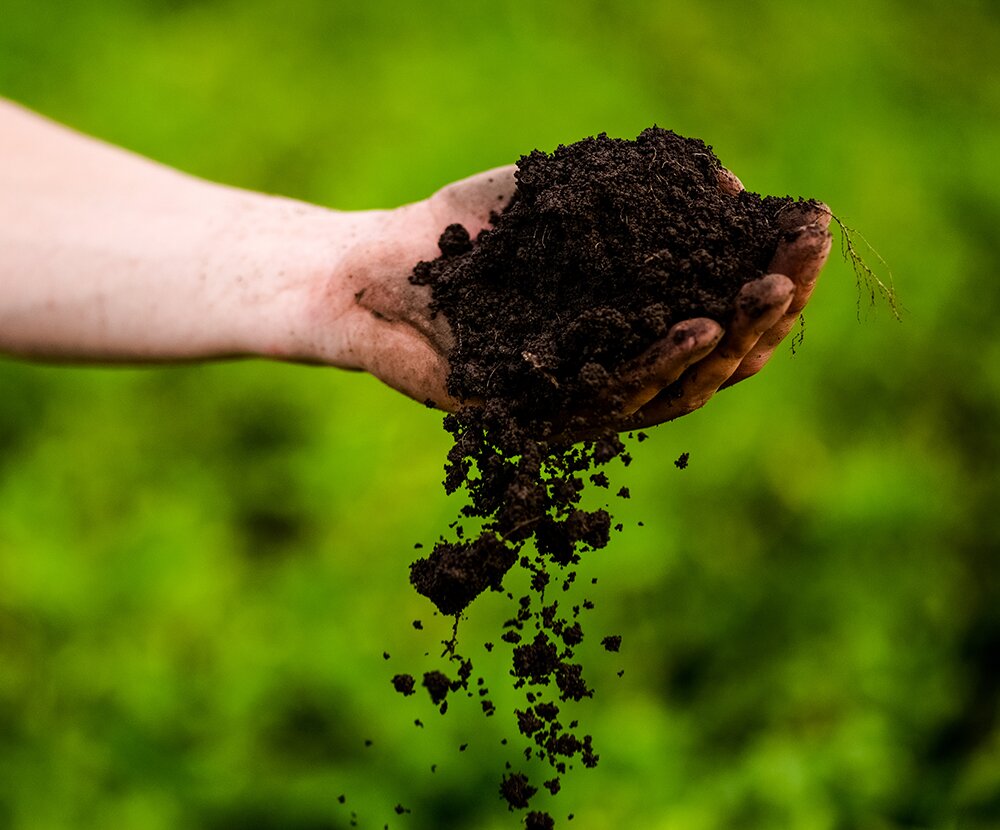Why Peat Free Works Differently

In recent years, the UK gardening community has seen a significant shift toward using peat-free compost. This move is largely driven by environmental concerns, as peat extraction damages vital peatland ecosystems and contributes to carbon emissions. While switching to peat-free compost is better for the planet, many gardeners have noticed that it behaves quite differently from traditional peat-based composts. Understanding these differences is key to successfully growing healthy plants.
Composition Differences
Peat-based composts have long been popular due to their consistency, water retention, and nutrient-holding properties. Peat is naturally acidic, lightweight, and able to hold moisture while draining well—a combination that benefits many plant types.
Peat-free composts, on the other hand, are made from a variety of organic materials such as coir (coconut fibre), composted bark, wood fibre, green waste, and sometimes loam or sand. Because of this diverse blend, peat-free composts can vary more in texture, pH, and nutrient content. This inconsistency can sometimes be challenging for gardeners used to the uniform performance of peat-based products.
Water Retention and Drainage
One of the most noticeable differences is how peat-free compost handles water. While peat retains water efficiently, some peat-free alternatives, particularly those high in wood fibre, may dry out faster or become waterlogged if poorly managed. Coir, for example, holds water well, but once dry, it can be slow to rehydrate. This means that plants may need more frequent but careful watering, especially during dry spells or when establishing young plants.
To counteract this, gardeners in the UK may need to monitor soil moisture more closely and adapt their watering schedule. Adding water-retaining granules or mixing in loam can also help balance the compost’s water management.
Nutrient Content and Feed
Peat itself contains very few nutrients, so peat-based composts often rely on added fertilizers. Peat-free composts may include green waste or well-rotted organic material, which can introduce more nutrients initially but also break down faster. As a result, the nutrients may not last as long, leading to earlier signs of nutrient deficiency in plants.
Gardeners using peat-free compost should consider supplementing with a balanced, slow-release fertiliser to maintain steady plant growth. Regular feeding becomes especially important for container-grown plants, which rely entirely on the compost for nutrients.
Microbial Activity and Soil Structure
Peat-free compost tends to encourage a broader range of microbial life, which can improve soil health over time. While this is beneficial for long-term plant health and sustainability, it may also mean that the compost breaks down quicker, requiring more frequent top-ups or replacement in pots and beds.
In addition, peat-free composts with high bark or wood content can temporarily rob nitrogen from the soil as they decompose, potentially stunting young plant growth. To avoid this, gardeners should look for composts labled as "suitable for seedlings" or pre-treated for nitrogen balance.
Conclusion
Peat-free compost is a more sustainable choice, but it does require some adjustments in how you care for your plants. With attention to watering, feeding, and choosing the right mix for the right plants, peat-free compost can be just as effective—and far more eco-friendly—than traditional peat-based products. As the UK moves toward a peat-free future, gaining confidence with these alternatives is an important step for gardeners committed to greener gardening.
